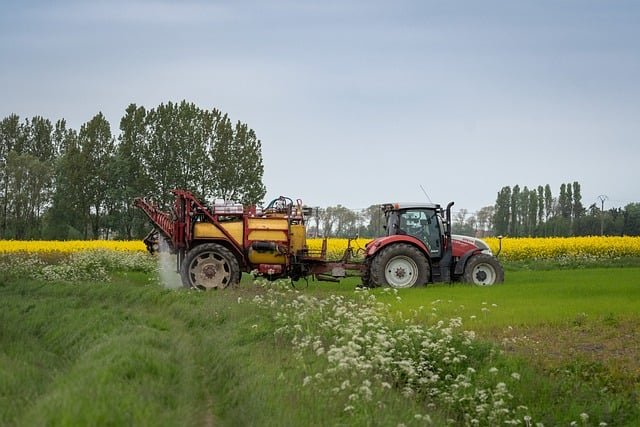Understanding Water Pumps for Farming, Irrigation, and Industry
Water pumps are mechanical devices that move water from one place to another using energy. They range from small portable units used for backyard gardening to large industrial pumps moving millions of liters per day. In farming and irrigation they deliver water to crops reliably; in industry they support cooling, processing, and wastewater handling. Choosing the right pump depends on flow rate, pressure (head), fluid properties, energy source, and installation environment. Proper selection, installation, and maintenance improve efficiency, lower operating costs, and reduce downtime. This article explains common pump types, typical applications in irrigation, agriculture, farming and industry, and practical considerations for selecting and maintaining pumps or finding local services.

What is a water pump and how does it work?
A water pump converts mechanical or electrical energy into fluid movement. Centrifugal pumps use a rotating impeller to accelerate water outward into a volute, creating flow and pressure. Positive displacement pumps (gear, diaphragm, piston) move a fixed volume per cycle and are used when steady flow or high pressure is required. Submersible pumps sit below water level and push water up, while surface pumps draw water from a source and push it out. Key performance metrics are flow (liters per minute or cubic meters per hour) and head (meters of elevation). Material choice—stainless steel, cast iron, plastics—depends on water chemistry and solids.
How are pumps used in irrigation systems?
In irrigation, pumps supply water to sprinklers, drip lines, furrows, or flood systems. Pump sizing should match the irrigation method: drip systems typically require lower flows but stable pressure, while sprinkler and pivot systems demand higher flow and pressure. Pumps can be driven by electric motors, diesel engines, or solar arrays; solar pumping is increasingly used for off-grid irrigation. Filtration is crucial when using surface water to protect pump internals and emitters. System layout—piping diameter, elevation changes, and control valves—affects required pump head and energy use, so design and testing ensure even water distribution and efficient operation.
How water pumps support agriculture and farming
On farms, pumps handle drinking water for livestock, field irrigation, greenhouse climate control, drainage of waterlogged fields, and transfer of liquid fertilizers (fertigation). Different crop types and farm scales require different pump solutions: small-scale farms may use portable centrifugal pumps or submersibles in wells, while larger operations rely on industrial-grade multistage or axial-flow pumps. Durability and serviceability are important because farm environments expose equipment to dust, variable power, and intermittent use. Monitoring tools like pressure sensors and simple automation can reduce water waste and ensure timely irrigation events aligned with crop needs.
Industrial uses of water pumps
In industrial settings, pumps circulate cooling water, supply process water, handle boiler feed, and move effluents for treatment. Applications often require higher reliability, adherence to safety standards, and compatibility with chemicals or particulates. Multistage centrifugal pumps provide high pressure for boilers or process systems; positive displacement pumps meter viscous fluids or sludges. Material selection and sealing systems (mechanical seals, gland packing) are critical to avoid leaks and contamination. Regular condition monitoring—vibration analysis, temperature checks, and flow verification—helps maintain uptime in production environments.
Selecting pumps and finding local services in your area
Selecting a pump begins with defining required flow and head, water quality (sediment, solids, chemical content), power availability, and installation constraints. Consider efficiency curves to match pump operation close to the best-efficiency point and evaluate total cost of ownership including energy and maintenance. For installation and servicing, look for local services with experience in irrigation, agriculture, or industrial installations, certifications for electrical and mechanical work, and good spare-parts support. Routine maintenance includes checking seals, bearings, impeller wear, and ensuring filters/strainers are clean to prevent cavitation and premature failure.
Conclusion
Water pumps are versatile tools across irrigation, agriculture, farming and industry. Properly matching pump type and capacity to the application, protecting equipment from solids and contaminants, and keeping a regular maintenance schedule improves performance and lifespan. Whether for a well, a field irrigation system, livestock watering, or an industrial process, understanding the operational requirements and available local services supports reliable and efficient water management.






